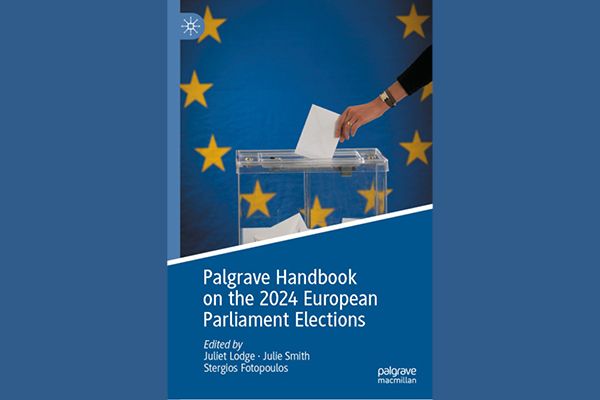Notifications list
Croatia - Palgrave Handbook on the 2024 European Parliament Elections
Published: 09.09.2025.

Dario Čepo, PhD, Marko Kovačić, PhD and Anja Gvozdanović PhD, are the authors of the chapter Croatia published in the “Palgrave Handbook on the 2024 European Parliament Elections“, by Palgrave Macmillan.
Abstract: European Parliament elections have been mired with low turnouts and protest votes for the last couple of decades. This was especially pronounced in the new member states of Central and Eastern Europe and was linked to gender and age variables. The elections of 2019 bucked that trend, showing the rise in turnout across EU, including Croatia. What is not known is why this upswing in vote happened and how it influenced (or was influenced by) the focus of political parties on specific policies. By analysing the results of 2019 EP elections in Croatia, comparing them to previous national and EP elections, and linking them to the perceptions of citizens towards the European integration, we will answer the following research question: how and why did political parties incorporate gender and youth policies in their electoral programs and activities, and in what way did that influence the higher turnout in Croatia. We used mixed-methods approach, focusing dominantly on interpretative method in order to gain insights from both qualitative and quantitative data on public perception of the EU, voting results in EP and national elections, campaign materials of relevant political parties, and their ideological positions and policy preferences. We concluded that both gender and youth policies influenced how political parties approached 2019 EP elections, especially by putting female and younger candidates on electoral lists, organizing campaigns symbolically depicting these two groups, and promising policies focused on them. Despite 2019 EP elections maintaining their role described by the Second-order Elections Theory, with important influence of protest votes, in Croatia this gender- and youth-based focus allowed for political parties to depict the EU as an important place to contest public policies as well, strengthening the Europe Salience Theory.
The chapter is available here.
